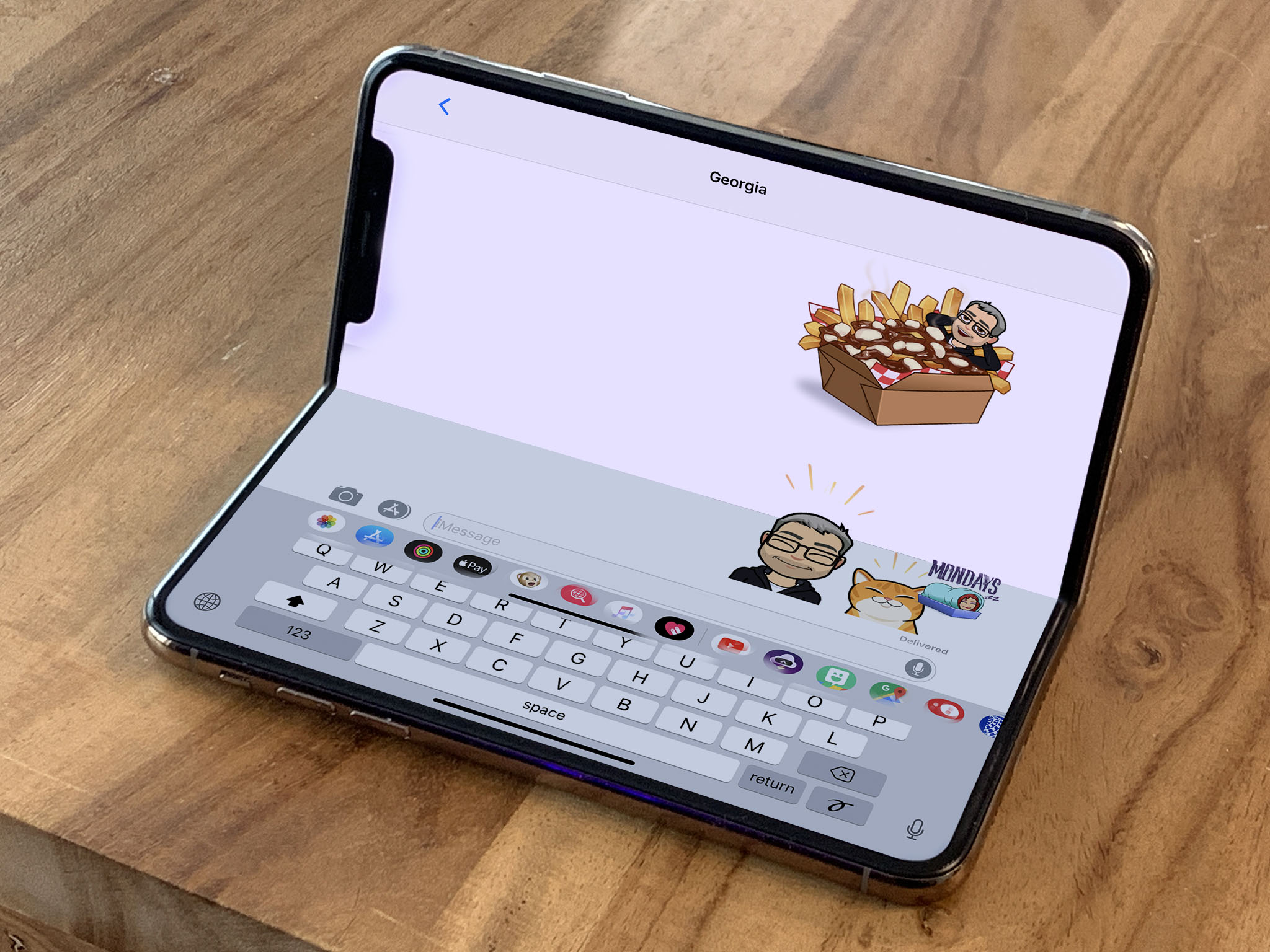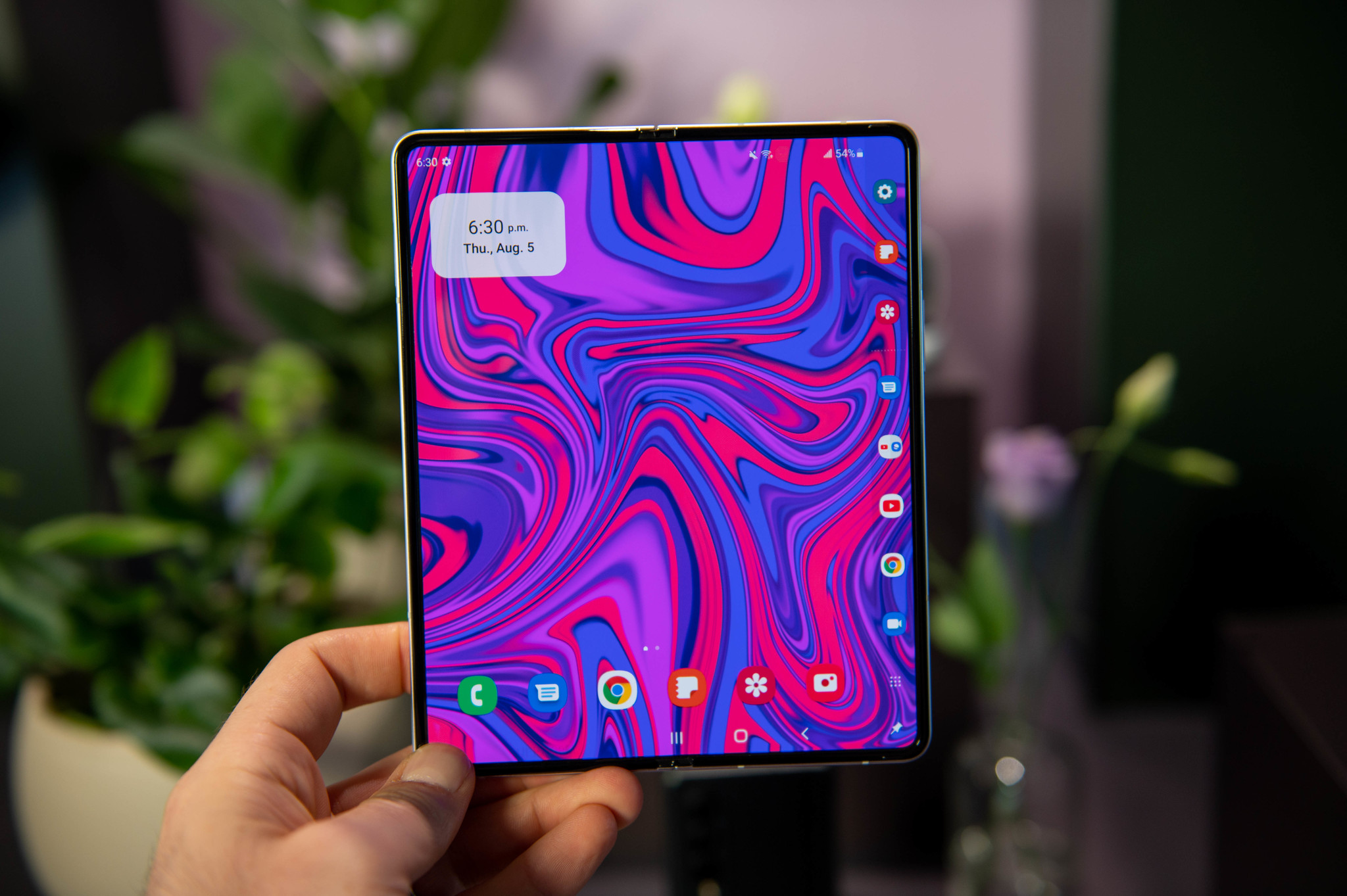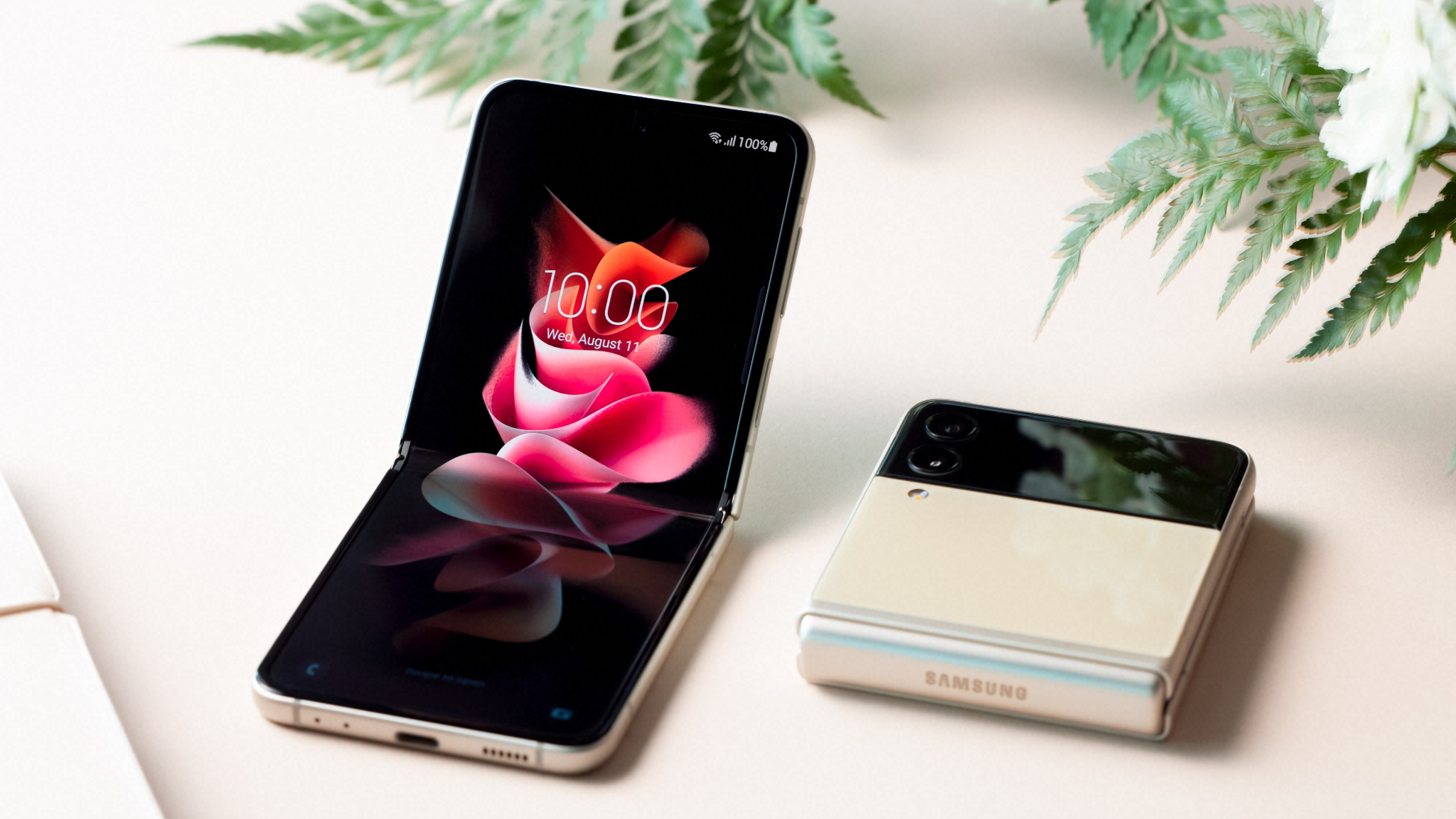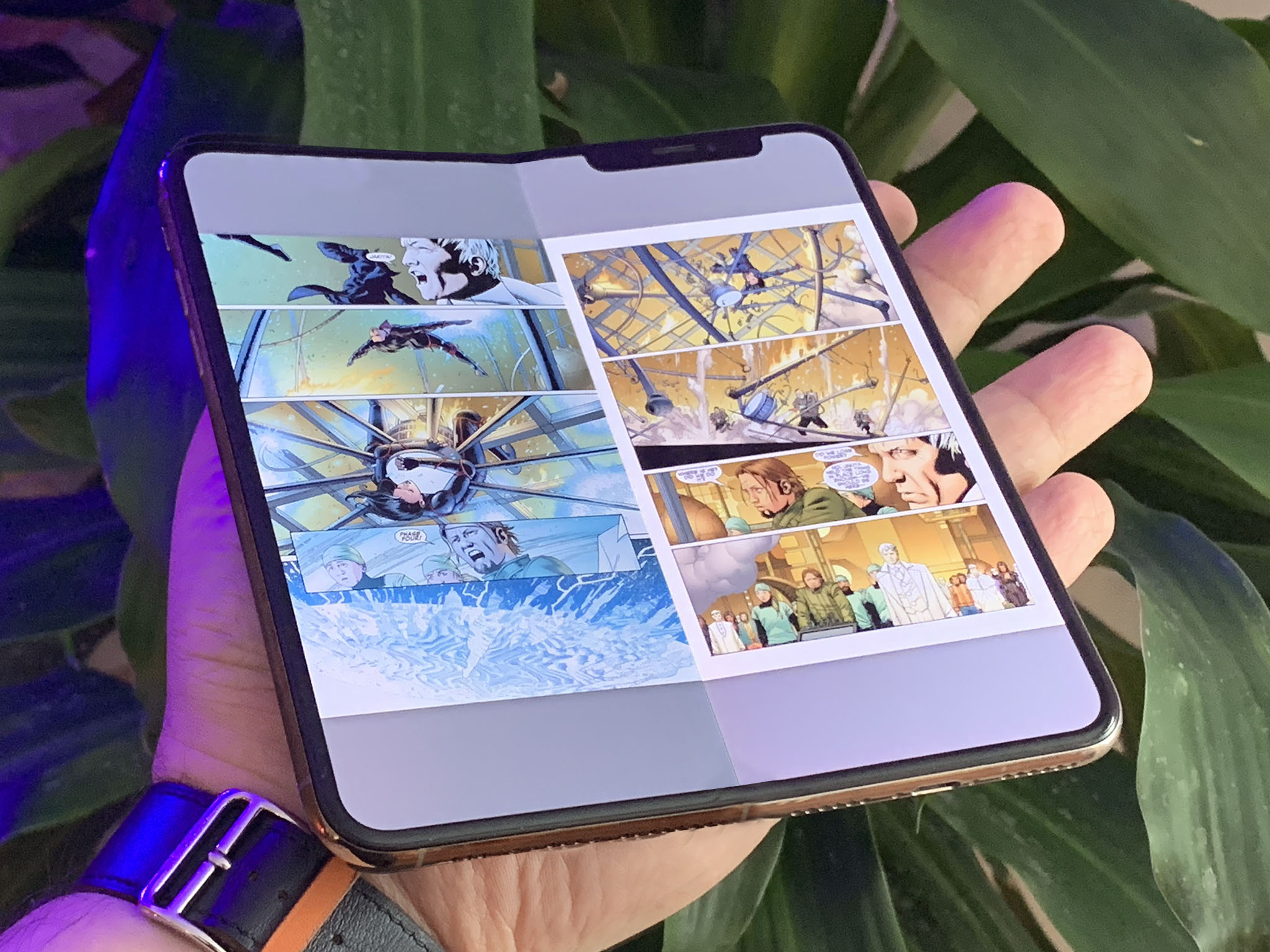
With the launch of the new Galaxy Z Fold 3 and Galaxy Z Flip 3, Samsung is showing that foldable phones are here to stay. With prices coming down and kinks being ironed out, it's a market Apple needs to pay serious attention to.
Foldables going mainstream
When devices like the original Samsung Galaxy Fold and Huawei Mate X starting hitting the market over the last couple of years, many of us were quick to write them off as nothing more than concepts or tech demos.
As our own Luke Filipowicz wrote:
I do love the idea of having an iPhone that can do what these concepts do; however, I know that in reality, these concepts are nothing but fever dreams.There are reasons why concept products that get shown off at conventions (car manufacturers do this all the time) rarely come to market — at least not in the form they are shown. Cool concepts don't make a product inherently good; the technology and usability need to be there for an actual product to make any sense.
Even if they did work great, which they definitely did not (no, really), they were also so expensive that they were nothing more than ultra-luxury items available to only the bougiest among us.

With the latest Z Fold and Z Flip devices, Samsung has clearly listened to feedback from previous iterations and has made every effort to not only make the devices better but also more affordable.
As my colleague Harish Jonnalagadda at Android Central put it, "the Galaxy Z Fold 3 feels like a mainstream product you can reliably use daily, and not just a tech showcase". The Z Fold 3 has much the same form factor as its predecessor but now houses 120Hz refresh rate displays, is IPX8 water-resistant, and supports the S Pen. The smaller Z Flip 3 is now priced at $1,000, meaning it resides in typical smartphone flagship territory. These are significant changes.
Samsung's increased focus on foldables is further evidenced by the ditching of the Note line. It means Samsung thinks its folding devices are ready to become daily drivers for power users, not just flights of fancy for those with the disposable income. Granted, both are still expensive phones, but they aren't unattainable to the average smartphone enthusiast anymore.
Master your iPhone in minutes
iMore offers spot-on advice and guidance from our team of experts, with decades of Apple device experience to lean on. Learn more with iMore!
Quirks ironed out

Apple prides itself on doing things best, if not first, and watching a nascent foldable phone market from the sidelines is clearly a strategic choice for the company. There's no doubt that Apple has a foldable iPhone prototype, or several iterations of one, tucked away in its labs.
In the Android space, there's a lot more room for hardware competition in public as device makers compete for customers who might not be as brand-loyal as those who buy Apple phones every year or two. Plus, several Android phone makers also manufacture the underlying technologies required to make foldable phones a reality, so what better way to test it out than eat your own dog food?
Apple prides itself on doing things best, not first.
New tech usually brings some teething problems, though, evidenced clearly by the original Samsung Galaxy Fold and the Motorola RAZR. Both were riddled with issues, from peeling displays to trapped debris, cracking in the cold, and awful permanent creasing causing all kinds of problems. Ultimately, these were closer to concepts than real products, and the early adopters, mostly willingly, paid the price to have the new hotness.
Judging by the hands-on time our pals at AC have had, it looks like many of the problem areas have been addressed in the latest Galaxy Z series of devices. We'll see in time if they have been resolved.
New ground to exploit in a stagnating smartphone market

Let's face it, iPhones have gotten pretty boring in recent years. That's not to say that the iPhone 12 lineup isn't amazing. The phones are superb by pretty much any measure, the best iPhones ever released, but the pace of change in the Apple smartphone space has definitely slowed over the last few generations as the smartphone form factor itself plateaus.
What foldables represent is a huge opportunity for change. For something new and entirely different. New form factors beget innovation in software, leading to new and exciting ways to use these products. Granted, most of us will use our new extra-large phone screens or super-compact clamshell devices to scroll Twitter or play games as usual, but imagine how glorious that could be on an iPad mini-sized display that folds down to fit into your pocket.
Foldables represent a huge opportunity for change.
For the last few years, the cost has outweighed the value in the foldable market, but that's starting to change. Apple moving in that direction would only solidify the foldable as a viable form factor and get the buy-in from developers needed to make it truly useful. It's a balancing act, but the scales are tipping.
The latest rumors point to Apple launching its own foldable iPhone as early as 2022 or not for a few years yet depending on who you believe. We'll have to wait and see how its plans unfold.
Will Apple have missed the boat on the foldable revolution by then, or will its slow-to-market approach serve the company well? Either way, let's hope Cupertino is paying attention. Let us know your thoughts in the comments.
Adam Oram is a Senior Writer at iMore. He studied Media at Newcastle University and has been writing about technology since 2013. He previously worked as an Apple Genius and as a Deals Editor at Thrifter. His spare time is spent watching football (both kinds), playing Pokémon games, and eating vegan food. Follow him on Twitter at @adamoram.

